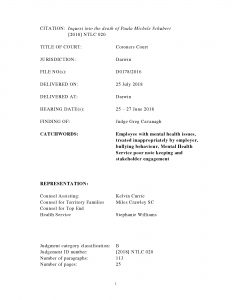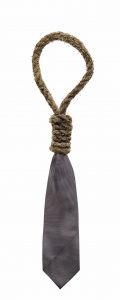The trade union push for Industrial Manslaughter laws in Australia continues as the various State and Federal elections loom. Last week the Senate Inquiry into Industrial Deaths heard the clearest explanation of the need for these laws for some time as Dr Paul Sutton of the Victorian Trades Hall Council went beyond the usual chants of “what do we want? when do we want it?”
Sutton’s proposal for the Victorian laws differs from Queensland’s by taking inspiration from England to pierce the corporate veil to the senior manager level rather than leaving it at the top executive level.

 Last time we looked at the Australian Senate Inquiry into “
Last time we looked at the Australian Senate Inquiry into “
 Governments use legislation and the threat of punishment as a deterrent for dangerous actions and poor decision-making. Imposing harsh consequences is hoped to change the behaviour of companies and individuals. Occupational health and safety (OHS) laws are no different with deterrence being used to justify the introduction and enforcement of
Governments use legislation and the threat of punishment as a deterrent for dangerous actions and poor decision-making. Imposing harsh consequences is hoped to change the behaviour of companies and individuals. Occupational health and safety (OHS) laws are no different with deterrence being used to justify the introduction and enforcement of  Several of the articles in the Safety At Work special edition on Industrial Manslaughter mentioned in
Several of the articles in the Safety At Work special edition on Industrial Manslaughter mentioned in